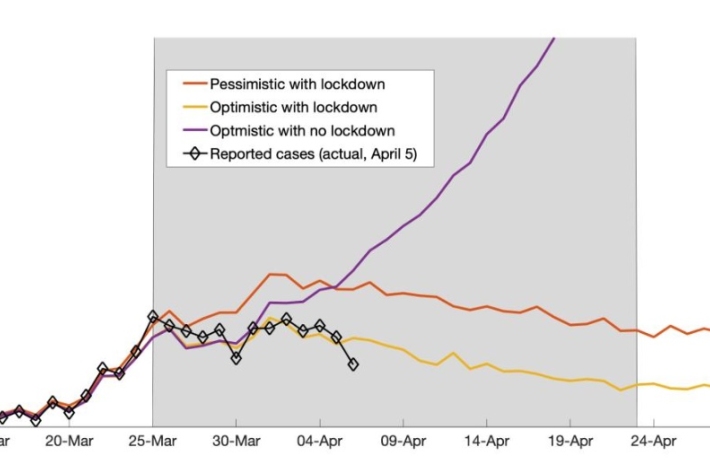- Ph.D.:
- 'A mathematical analysis of marine size spectra'
- Department of Biology, University of York, UK (2008 - 2011)
- M.Sci:
- 2.1 (Hons)
- Natural Sciences (Maths with Chemistry), University of Durham, UK (2003 - 2007)
Contact Details
Biography
Overview
I am a senior scientist based at NIWA Wellington in the Population Modelling group since 2017. I have also been group manager of the Population Modelling group since October 2019.
My area of focus is mathematical modelling and simulation of biological systems. This involves a combination of analytical mathematical methods and simulation-based studies. My experience lies largely in:
- - modelling marine ecosystems (particularly size-based methods, including the R package mizer),
- - modelling the spread of infection and disease over space and time (epidemiology), and
- - fisheries analyses (e.g., characterisations, CPUE analyses, stock assessments).
My marine work covers a broad range of topics, including fisheries, multi-species marine ecosystem modelling, spatial movement, invasive species, future predictive modelling and management strategy comparisons.
I also have conducted many epidemiological studies since coming to NIWA, based on my work as a postdoctoral research fellow in infectious disease epidemiology at the University of Warwick (2011 - 2017). I have been on the peer review panel and modelling team for Covid-19 Modelling Aotearoa, and currently have two grants (Marsden and Te Niwha) around the inclusion of ethnicity in epidemiological models.
Background
My background is in mathematical modelling and simulation.
- 2008–2011: I completed my Ph.D. in the Biology Department at the University of York (UK), developing size-based models of marine ecosystems.
- 2011–2017: I worked as a postdoctoral researcher at the University of Warwick, applying mathematics to the spread of infectious diseases (epidemiology), to predict how different infections transmit, and testing the effectiveness of different control strategies. This was applied to both honeybee diseases and human infections including human papillomavirus (HPV) and whooping cough.
Research Outputs
Recently Featured Work


